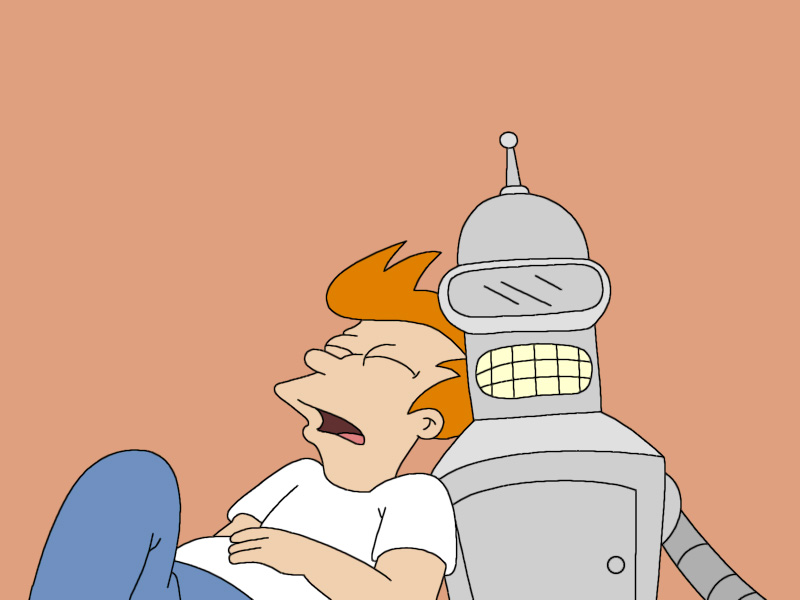Sleepytime Scientists Say Our Precious Machines Should Come With a “Bedtime Mode”

Today in “Carolyn’s unhealthy habits,” some concerned sleep scientists have released new research on the impact light-emitting devices have on the production of melatonin.
For a study published last month in the Frontiers of Public Health Journal, UK researchers examined the impact of “short-wavelength-enriched light (blue-enriched),” which they warn is likely to “cause the most disruption” to a good night’s sleep by increasing alertness and suppressing melatonin production.
For the study, the researchers tested an iPad Air, iPhone 5s, and a Kindle Paperwhite 1st generation in a dark room at the viewing distance recommended by the respective device’s instructions, and took spectrometric light readings.
Although the iPad Air, the device with the largest screen, emitted the most blue light, the other devices also emitted primarily blue light.
To combat the side effects of the blue light, the researchers advise wearing orange-tinted-glasses or trying out apps like Kids Sleep Dr, Bluelight Filter, or Twilight, although a built-in “bedtime mode” for devices would be the most convenient. According to the study,
A faster and more tenable solution would be for manufacturers to ensure that software design is optimized when night-time use is anticipated, and all hardware devices allow an automatic “bedtime mode” that shifts blue and green light emissions to yellow and red as well as reduces backlight/light intensity.
We hope that as technology improves, “brighter” will not always be synonymous with “better.”
I imagine even a bedtime device mode wouldn’t make my current night time regimen of “half-listen to old Parks and Recs episodes until unconsciousness comes for me” necessarily healthy, but hey, less blue light would be a start!
(via Gizmodo)
—Please make note of The Mary Sue’s general comment policy.—
Do you follow The Mary Sue on Twitter, Facebook, Tumblr, Pinterest, & Google +?
Have a tip we should know? tips@themarysue.com